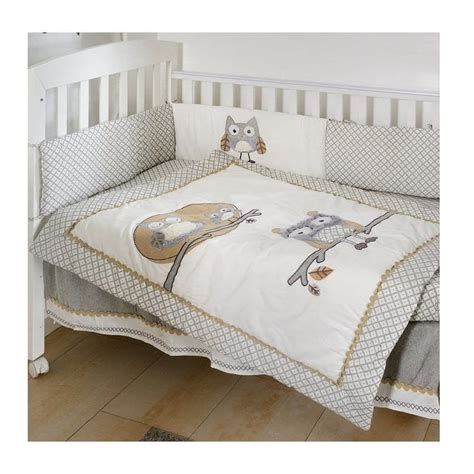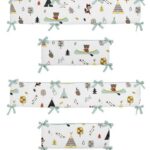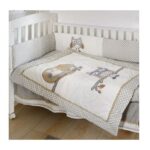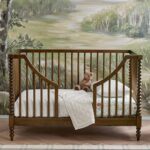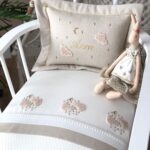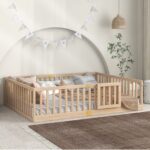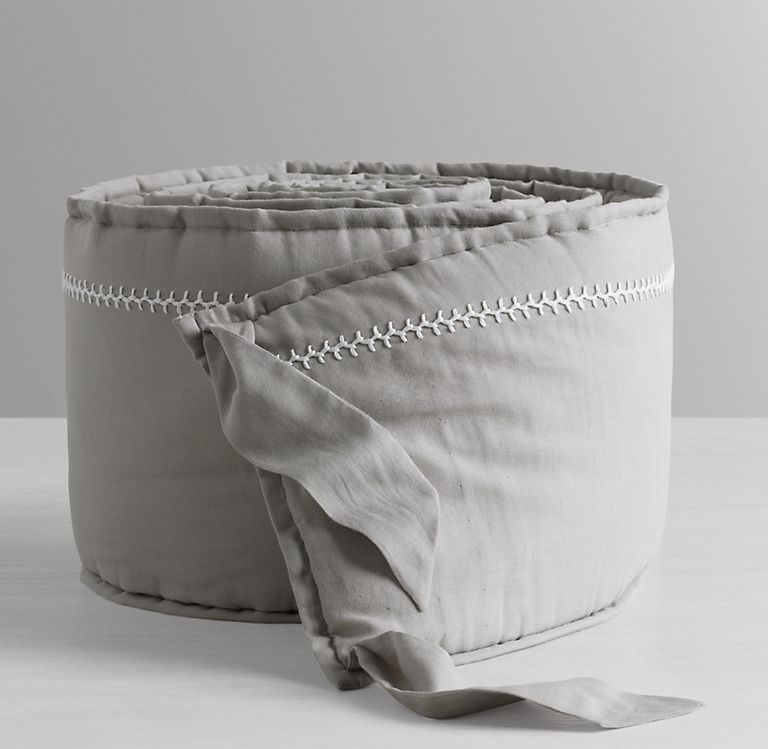
Crib bumpers are padded linings that are placed along the interior walls of a baby’s crib to help prevent the child from bumping into the hard sides of the crib. They are typically made of soft material such as cotton or polyester and are secured to the crib with ties or Velcro. While crib bumpers may seem like a practical safety measure, they have increasingly come under scrutiny due to the potential risks they pose. The American Academy of Pediatrics (AAP) advises against the use of crib bumpers, citing that they can increase the risk of suffocation, strangulation, and sudden infant death syndrome (SIDS). Instead, the AAP recommends that parents use tightly fitted sheets and avoid placing any loose bedding, pillows, or toys in the crib. Some manufacturers have begun offering “breathable” mesh crib liners as a safer alternative to traditional bumpers. Parents should carefully weigh the risks and benefits of crib bumpers before deciding whether or not to use them in their child’s crib.
Crib bumpers have long been a popular accessory in nurseries, believed to provide a cozy and protective environment for babies while they sleep. However, recent research and safety guidelines have raised concerns about the use of crib bumpers. The American Academy of Pediatrics (AAP) recommends against the use of crib bumpers, citing the risk of suffocation, strangulation, and entrapment. Despite this warning, many parents still choose to use crib bumpers due to aesthetic reasons or a desire to prevent their baby from getting limbs stuck between crib slats.
One of the main reasons for the AAP’s recommendation against crib bumpers is the risk of suffocation. Babies have a limited ability to move their heads and may become trapped against a crib bumper, leading to inadequate airflow and the potential for suffocation. In fact, there have been numerous reported cases of infants suffocating or becoming trapped in crib bumpers, leading to serious injury or death. Additionally, crib bumpers can pose a strangulation hazard if a baby becomes entangled in the ties or fabric.
While some argue that crib bumpers are necessary to prevent babies from getting their limbs stuck between crib slats, there are safer alternatives available. Mesh crib liners, for example, provide a breathable barrier that can prevent limbs from getting caught while also reducing the risk of suffocation or entrapment. Ultimately, the decision to use crib bumpers should be based on the most current safety guidelines and research available to ensure the safest sleep environment for babies.
 Decor ideas Style Starts Here
Decor ideas Style Starts Here
